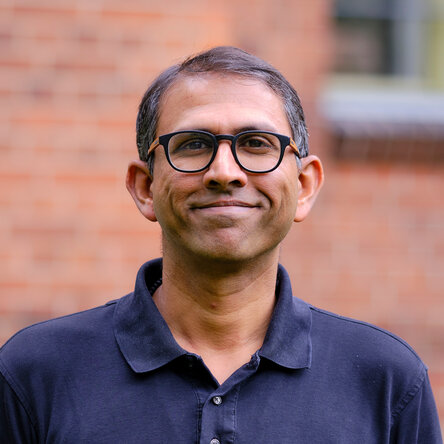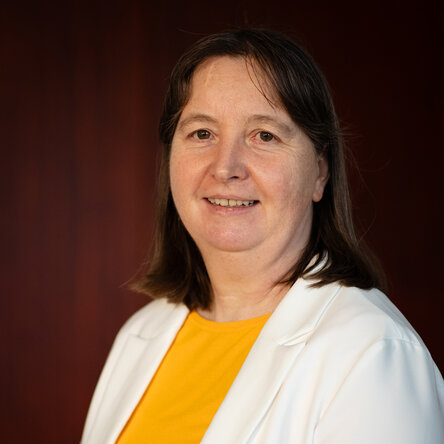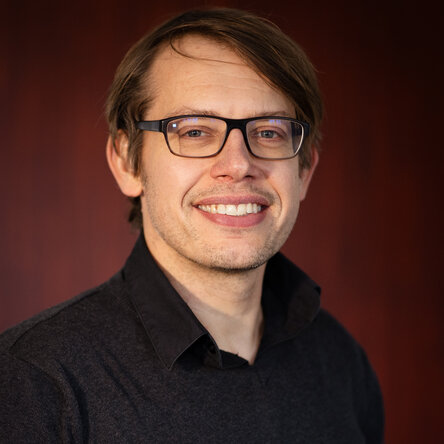Whole Cell Infrastructure
Cells are often described as the fundamental units of life - but even a single cell is an extraordinarily complex system. Despite sharing the same genetic blueprint, the cells in a multicellular organism can differ dramatically in form and function. What makes a liver cell behave so differently from a neuron or a stem cell, even though they all contain identical DNA?
This points to a deeper question: How is information within a cell organized, routed, and integrated to produce specific cellular identities and behaviors? Biological pathways are often studied in isolation - metabolism, signaling, gene regulation - but in reality, they’re deeply interconnected. We aim to understand how these molecular processes are wired together, interact, and give rise to the higher-level structure and function of a living cell. What does the 'circuit diagram' of a whole cell look like - and does such a diagram even exist in any coherent or universal way?
To explore this, we bring together scientists from different disciplines - biology, mathematics and medicine (and more to come). Our goal is to map and model the inner architecture of cells in an integrative way, combining experimental insight with theoretical structure. This is not just about cataloging parts, but about understanding the principles that organize them into something alive. We are excited to rethink the cell - not just as a bag of molecules, but as a dynamic, structured system whose internal logic we are only beginning to decode.






